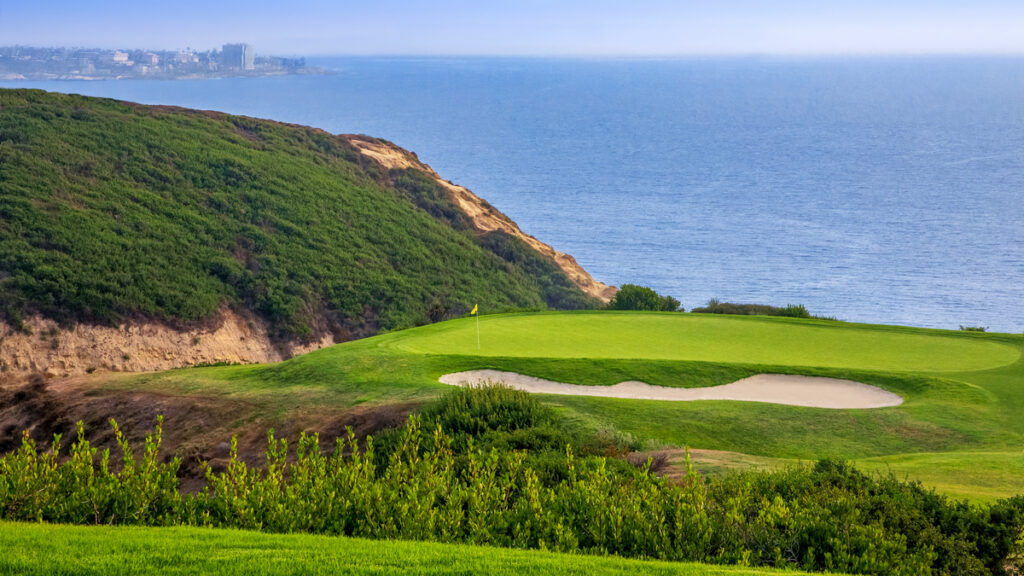Part 1

Estimated reading time: 11 minutes
What do you think architect William F. Bell and his father would think of the South Course hosting its second Open this week and to the updating carried out by Rees Jones?
PASCUZZO: I am sure they would be immensely proud (what architect wouldn’t be) and totally amazed by every single aspect of the event. Considering that they both worked in an era when US Opens were only held on private courses, perhaps the most unbelievable thing to them would be that a US Open is being held on a municipal course.
RICHARDSON: I never met either man, but my mentor Jack Snyder did. Jack described both as “always being happy and smiling,” so I’ll go with that. I am sure both would be enormously proud to see the South returning to decide the National Champion.
CURLEY: If you brought them back and plopped them down fresh from the trip, they would likely be amazed. If, however, they came back a month prior and toured a portfolio of recently created designs, they may ask “why didn’t our course get that treatment?”
BLASI: I’m sure they would be very excited to see Torrey Pines hosting a 2nd Open and at the center of the golf world. When judging any renovation / restoration / redesign it is imperative to understand what the goal of the client was.
Was the goal to restore what was there? If so, then I’m sure they would be less than pleased. Was the goal to make it long and tough? If so, then they may say the work was a success? Was the goal to make the best possible course and take advantage of the natural setting? If so, then I’m confident they would say the work did not achieve that goal.
COSTELLO: I think that they would, at best, be proud of their historical connection to the origins of the golf course and to see how it has evolved over the years. If they had been given the design commission to provide a U.S. Open venue, they would have adapted the design to the modern era as well. The new green sites that were shifted closer to the canyon edges are terrific changes that Rees Jones and Greg Muirhead introduced to increase the challenge factor and engage the dramatic natural setting. This may not have been considered originally because of playability concerns for a municipal course designed in the 1950s.
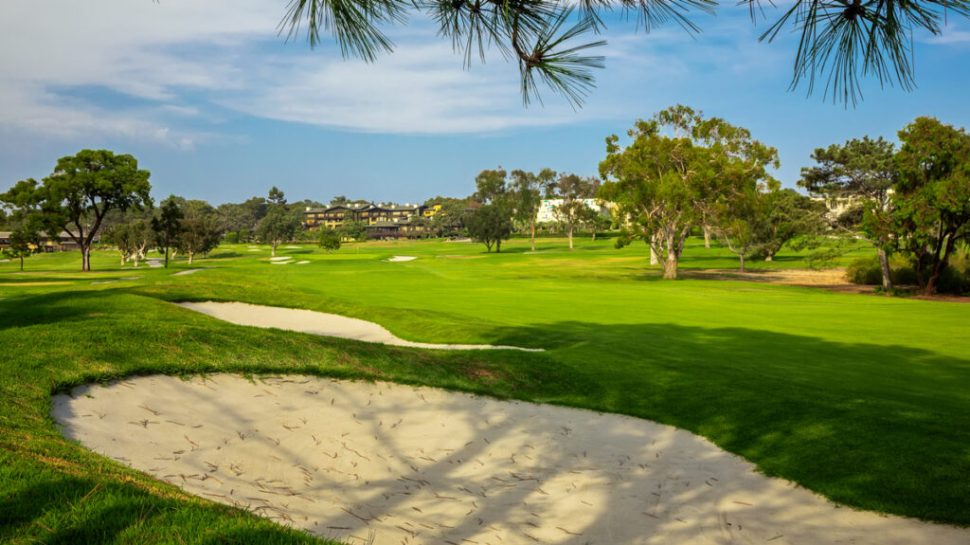
Given the length elite players can drive the ball — the South Course will have fairway widths no more than 27 yards for a number of the key holes. Is the penalty poor driving sufficiently penalized at the U.S. Open level now?
CURLEY: Yes — sure.
COSTELLO: Again, the U.S. Open has always placed a premium on driving accuracy with narrow landing areas. So yes, it somehow seems more appropriate to use this feature as a way to penalize a wayward tee shot given the length off the tee of tour players.
PASCUZZO: To challenge the best players these days, you can’t just rely on length and fairway width. You have to create angles within the golf hole, slow down the green speeds a few feet while increasing the contours. Maybe you take the rakes out of the bunkers and let them play as real hazards?
BLASI: Penalties come in all forms. At Torrey rough is being utilized as the penalty. How well that works remains to be seen. I much prefer wider fairways where there is a strategic advantage to being in certain spots within the fairway. Torrey would have been the ideal location to have wider fairways where there is a risky side (near the cliff) and a safe side (inland). A major missed opportunity in my opinion.
RICHARDSON: I’d make the risk higher and the reward lower. You can handle that geometry in several ways.
California is the home State for a number of superior golf courses — is the South Course at Torrey Pines among your top ten in the Golden State? Top 20? Or even higher? Rationale?
BLASI: In terms of setting, Torrey might be a top 5 in the country. I would encourage anyone to take the family and go on a hike at Torrey Pines State Park. In terms of the golf course, it wouldn’t be anywhere near the top 20 in California in my list. The golf course does not highlight the natural features of the property and does not offer variety from tee to green or around the greens. If this course were not adjacent to the Ocean, no one would know it exists or want to play it.
RICHARDSON: I’d say top 20 based on the legacy of it hosting the U.S. Open, and having that lore. It excels in every category.
CURLEY: I certainly understand the allure that Torrey Pines has created with golfers, largely because of the site and its views, but views alone do not make a course great. As it falls in a ranking of California courses, I would place it in the Top 25
PASCUZZO: A top ten of California’s almost 900 courses would just about put it in the top one percent. Any course in the top 10% would have to be considered special. Torrey Pines would be in the group for me. Having grown up playing public golf, municipal courses still hold a special place in my heart. With 36 holes of municipal golf in that oceanside setting, with the great San Diego weather, it has to make it one of the best golf experiences available to anyone.
COSTELLO: There are a number of great courses in California so there is tremendous competition as suggested by several rankings that place the course in the top 25. We will be able to witness the latest course changes by Rees Jones and if we can replicate the drama of the 2008 U.S. Open between Tiger & Rocco this year it may elevate the course even higher.
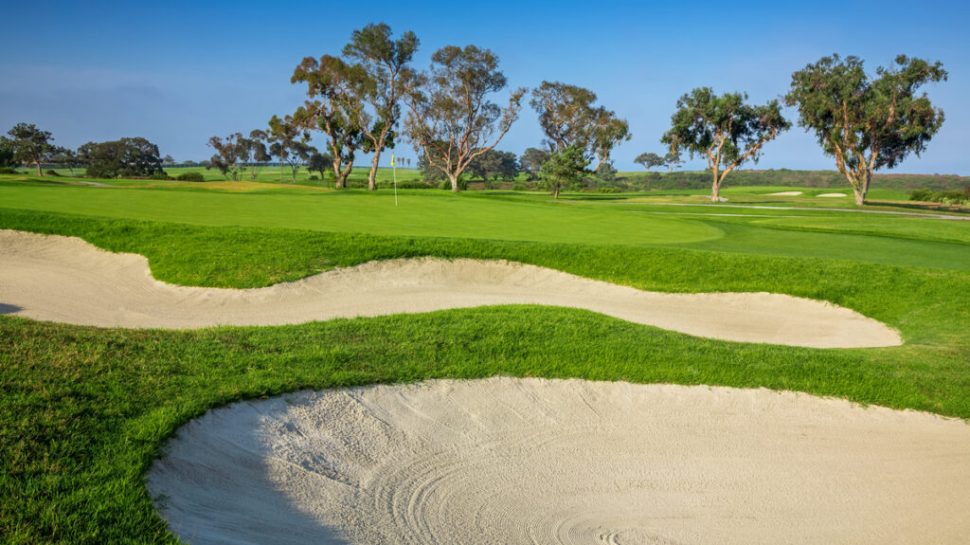
Among the four major championships which has the most stature in your mind? The least stature?
RICHARDSON: Let’s pretend they are all children from the same family. As the diplomatic father I’m going to say, “Each has his or her own unique contribution, strengths and weaknesses.” If you want a firmer answer, I’d refer you to the TV ratings because that is probably the fairest way to break a tie or get to any sort of scientific ranking.
PASCUZZO: It’s a close call, but I would place The Open Championship in the top slot. The history of the event, the strength of the field, and the conditions under which it’s played put it just ahead of the U.S. Open. The Masters would be third, followed by the PGA Championship.
COSTELLO: The Masters leads in my view from the fact that they return year after year to Augusta National. There is so much rich history and tradition and as a result, knowledge, and familiarity of the course layout. When Jim Nantz, Nick Faldo or any of the announcers and reporters talk about course features, shot values and strategy, you can’t help but smile and nod — “Exactly”. The U.S. and British Open are neck and neck in my opinion. Year-to-year the venues change, and that variety is very appealing. Equally compelling is when they return to some of the famous and iconic courses in the rotation. Generally, two quite different and distinct styles of course set-up and layouts.
However, selecting your favorite major championship is like choosing your favorite child. They all are loved, unique and gifted in different ways. So, if the PGA is ranked and perceived as the underdog, well everyone loves an underdog. I was glued to my TV during this year’s epic win by Phil!
BLASI: The PGA has the lowest stature. Worst venues, least amount of tradition, yet often produces a fun and entertaining event.
The Masters, The Open Championship and The US Open are different and I appreciate them for their differences. I love the Masters each Spring. The traditions are great and having an intimate knowledge of the course is fun. I love the Open Championship courses, the weather the players experience and the connection to the game’s history. I love the fact the US Open is our National Championship, the great venues they go to and the difficulty of the test.
I’m also partial to the US Open because it was my dream as a kid to design a US Open course and I got to experience that at Chambers Bay in 2015.
CURLEY: The Open Championship is still top dog — venues, history, weather. Players seem to inevitably face at least one day where the course wins. The PGA Championship has made significant moves in recent years to make second place a dead heat with the three remaining championships.
***
The Participants
Jay Blasi
Owner / Golf Designer
Jay Blasi Design
Los Gatos, CA
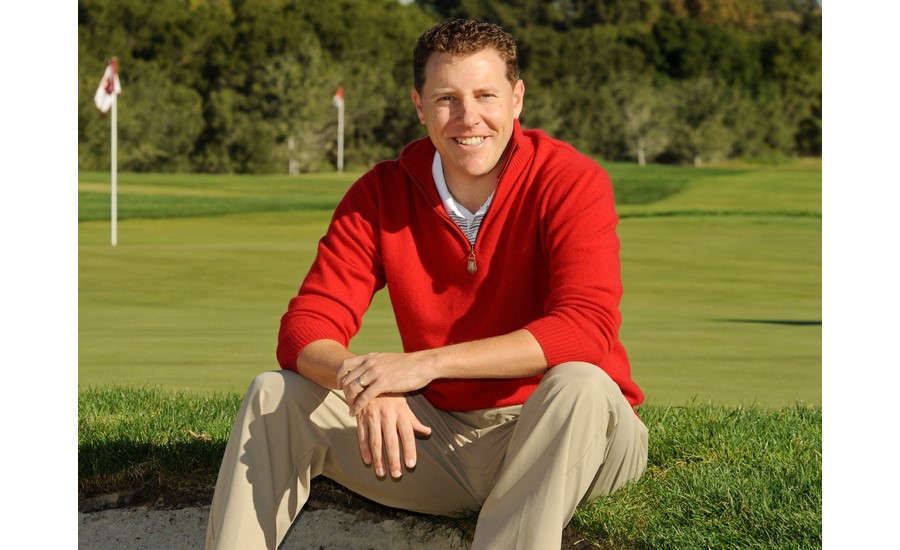
Spent 11 years at Robert Trent Jones II, serving as the driving force behind the designs of Chambers Bay (Washington), The Patriot (Oklahoma) and Stanford University Varsity Golf Training Complex (California). In 2012, Blasi started his own design firm, guided the award-winning major renovations of SentryWorld (Wisconsin) and Santa Ana CC (California) and is currently working in California, Minnesota, Texas and Wisconsin.
In addition to his golf design duties, Jay works with Golfweek Magazine writing articles and hosting rater retreats. www.jayblasi.com
Brian Costello, ASGCA
Principal
JMP Golf Design Group
Belmont, California
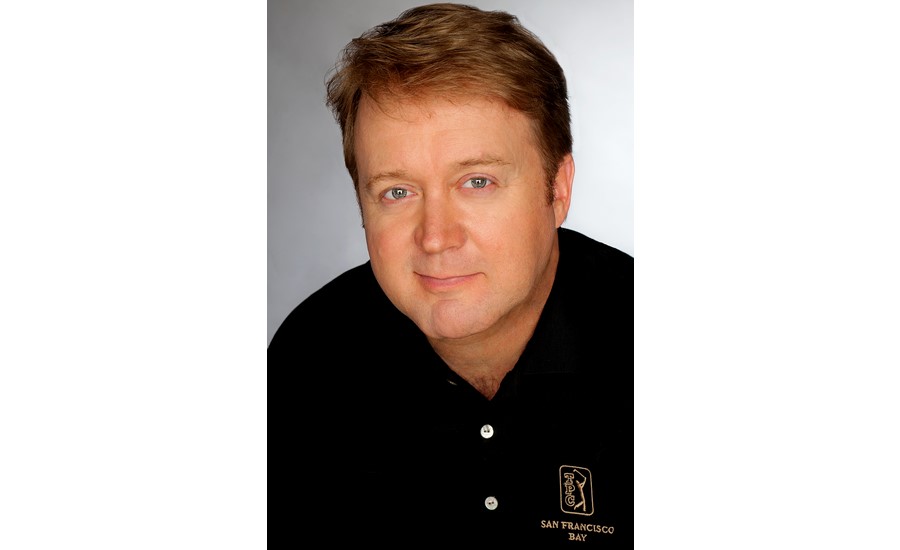
Is in his 32nd year as a golf course architect based in California. He is a member of the American Society of Golf Course Architects (ASGCA) having recently served a three-year term on the Board of Governors. In 1989, Costello joined JMP Golf Design Group and became a Principal of the firm in 1994. Costello has designed many award-winning golf courses in the US and internationally, particularly in Asia.
His original design portfolio includes Whiskey Creek GC, Maryland; Callippe Preserve GC, California; and numerous courses in Asia that have hosted Asian and European Tour Events. His recent renovation work includes Palo Alto Hills G&CC, California and Skamania Lodge GC, Washington. www.jmpgolf.com
Damian Pascuzzo, ASGCA
Golf Course Architect
Pascuzzo & Pate Golf Design
El Dorado Hills, CA
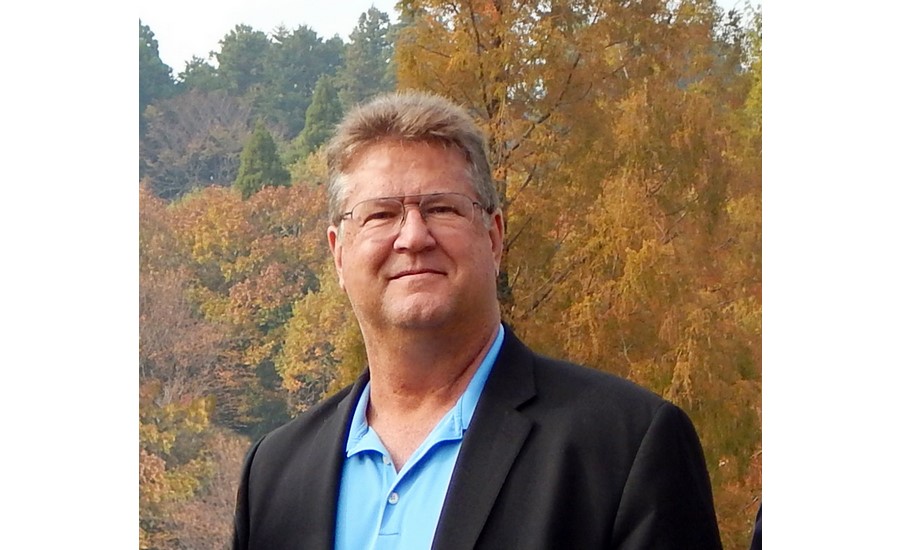
Damian’s four-decade career as a golf course architect started as an associate of Robert Muir Graves leading to an eventual partnership between the two. Since 2003 he has happily teamed with two-time Ryder Cup player, and longtime PGA Tour professional, Steve Pate. Pascuzzo & Pate Golf Design has taken a progressive approach to their design work making it relevant for today’s players and modern lifestyles, while understanding the challenges of the current golf business environment
Their work has taken them throughout the US and Japan. Their remodeling work of Murasaki Country Club in Japan led to the club hosting the 2020 Men’s Japan Open and the 2022 Women’s Japan Open. www.pascuzzopate.com
Forrest Richardson, ASGCA
Senior Golf Course Architect
Richardson / Danner
Phoenix, AZ
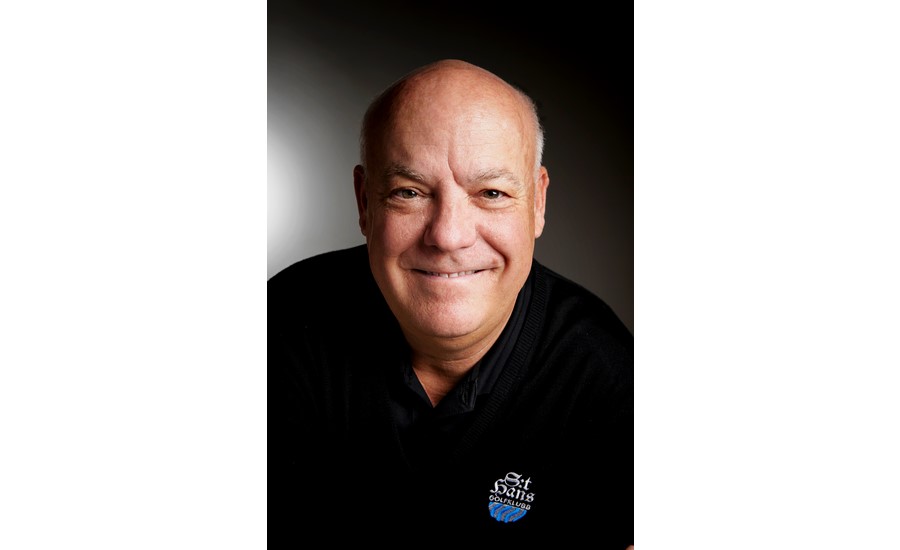
Forrest Richardson is Senior Golf Course Architect with Richardson | Danner, based in Phoenix, Arizona and Northern California. The firm works predominantly in the Western U.S. with current projects in Arizona, Utah, Oregon and Washington.
Forrest is the current President of the American Society of Golf Course Architects (ASGCA) and has remodeled, restored and consulted on more than 50 William P. and William F. Bell courses during his career. www.golfgroupltd.com
Brian Curley, ASGCA
Schmidt-Curley Design
Paradise Valley, AZ
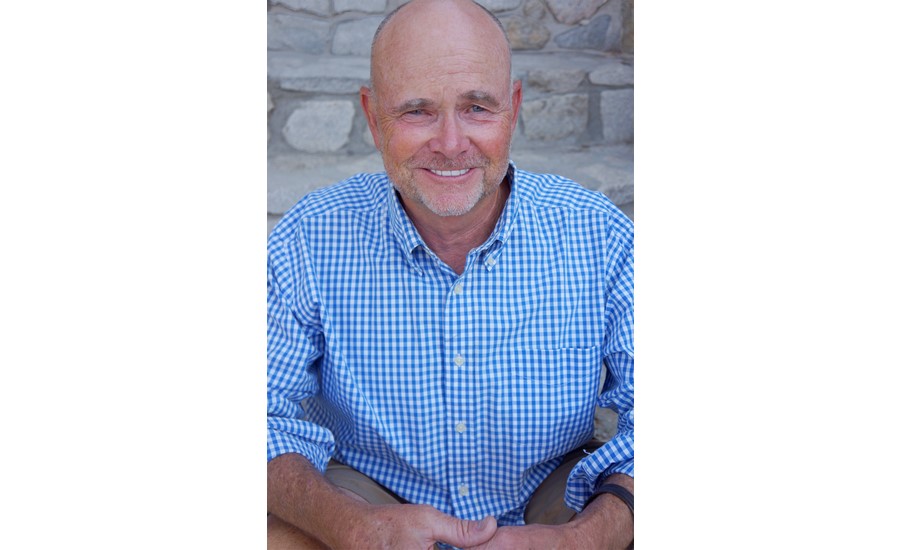
Raised in Pebble Beach where he caddied the iconic courses of the area and driving an early interest in golf course architecture. His background began with Landmark Land Company assisting Pete Dye on many courses including PGA West, and the Kiawah Island Ocean Course. He has spent much of the last 20 years focusing on Asia, including Mission Hill Golf Club where he created 22 courses, 12 with tour signatures and 10 his own design and is now busy mostly in Vietnam. www.schmidt-curley.com
